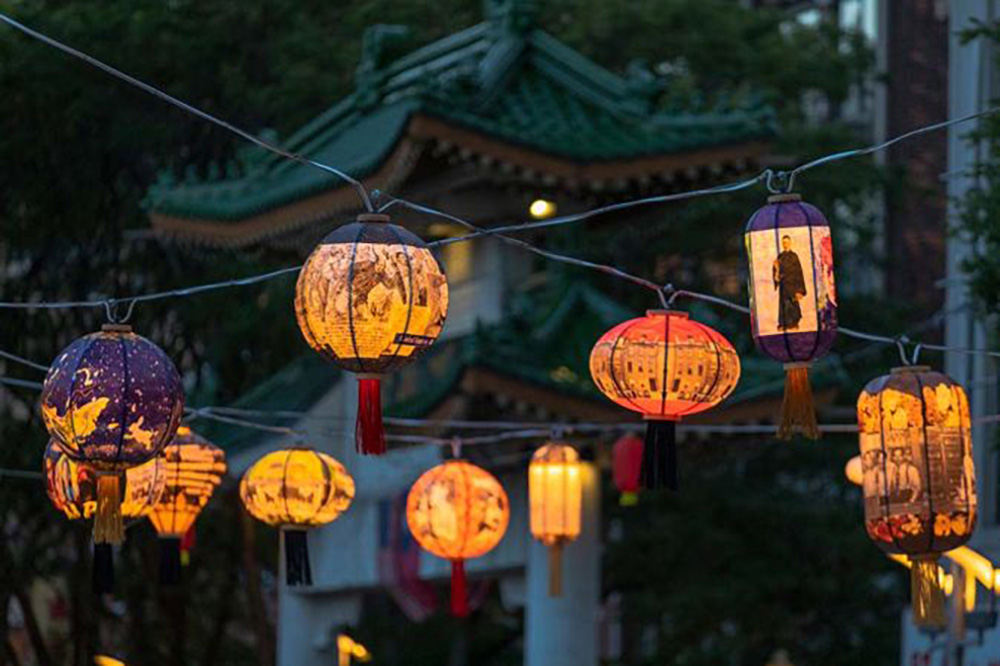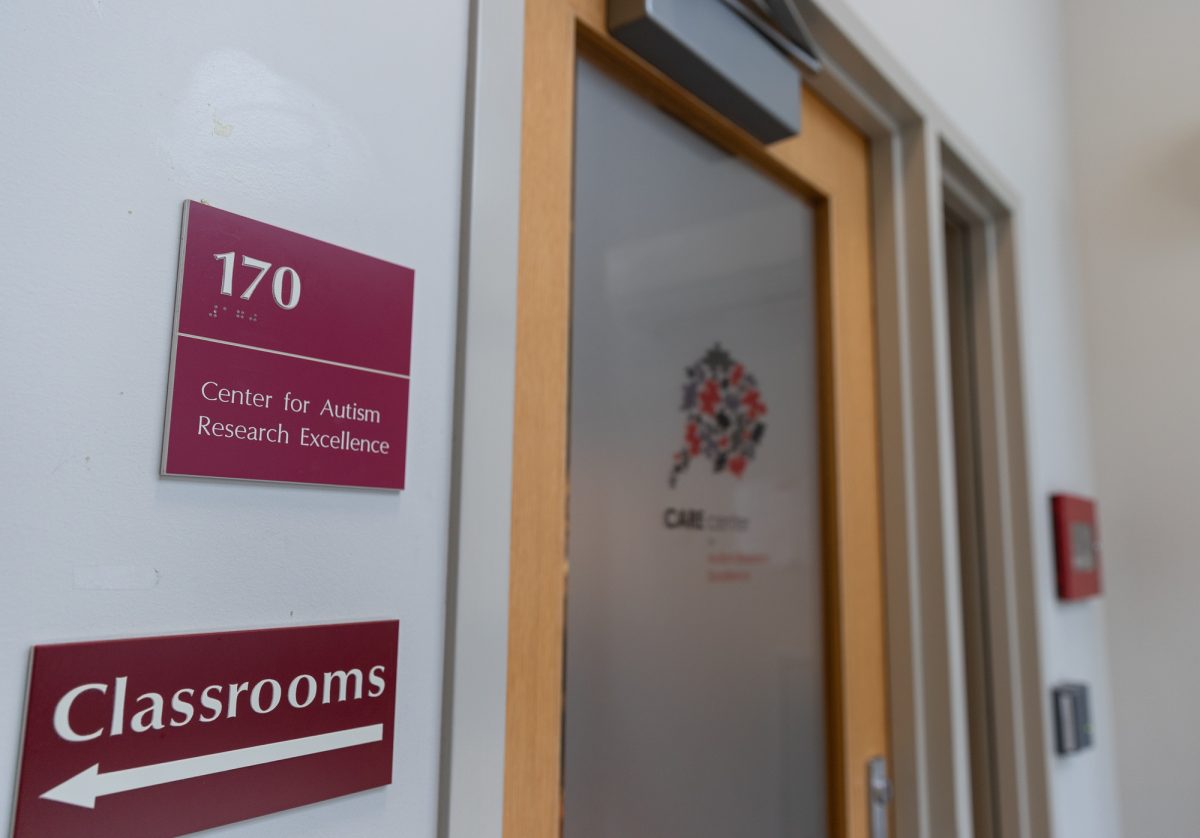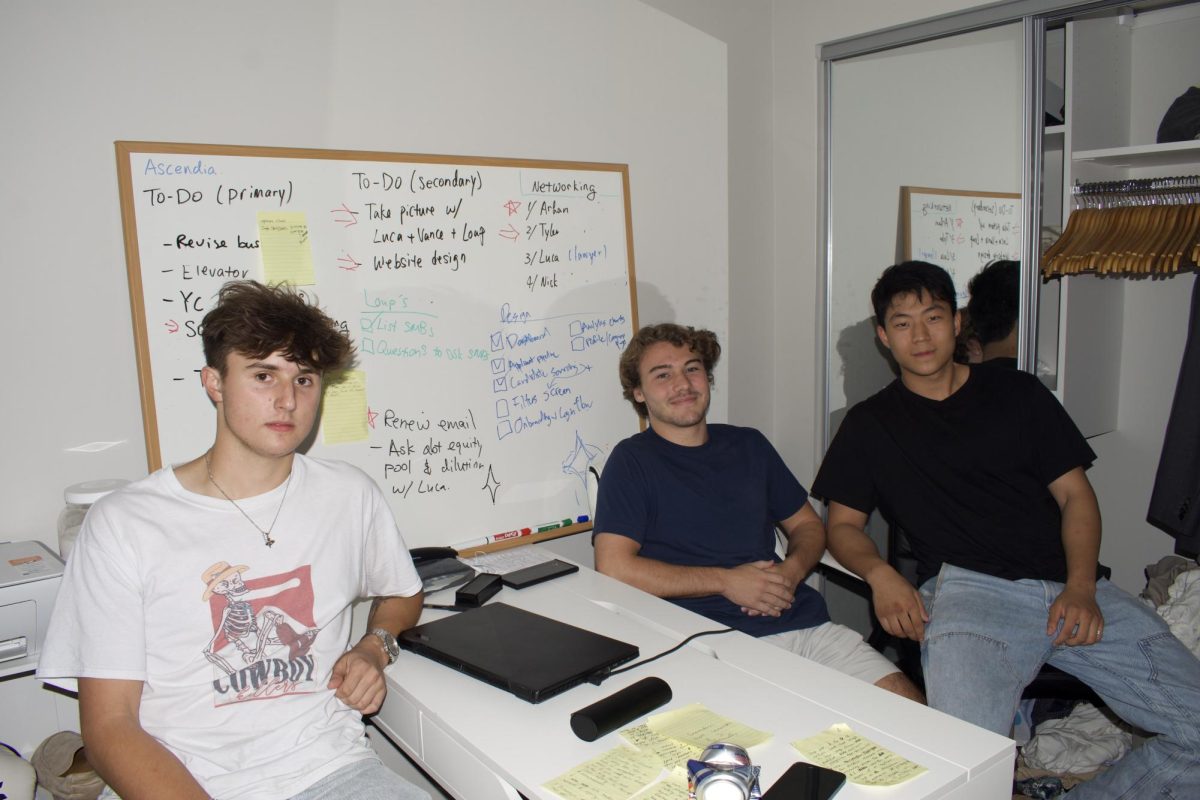
Thirty six lanterns strung between buildings and over the central plaza of Chin Park tell stories of the resiliency of Boston’s Chinatown community.
“Lantern Stories,” a reinstallation of public artwork by local Boston artist and Taiwanese immigrant Yu-Wen Wu, is composed of lanterns with images — some relating to the Chinese immigrant experience in the United States and others that highlight Chinese communities and culture. The installation, which was originally created in 2020 and faced scheduling restrictions during the pandemic, has since been updated with five additional lanterns.
“I’ve always felt art has the capacity to take on larger, social issues,” Wu wrote in an email. “My work lies at the crossroads of art and science, politics and social issues, and the natural world.”
One lantern is a collage of photos and newspaper clippings related to Stop Asian Hate protests and Asian people supporting Black Lives Matter protests. Another lantern is covered with black-and-white photographs of Chinese miners who worked on construction of the Transcontinental Railroad in the 1840s with low wages and dangerous conditions. One depicts Chinatown’s multiple-story “row houses,” which once housed working class immigrants but were destroyed in 1962 for an expansion of the Massachusetts Turnpike.
Others celebrate the types of businesses Chinese immigrants opened — restaurants, laundromats, grocery stores and more. Some celebrate Chinese art, performance, calligraphy, businesses and music.
Stephanie Henson, who was viewing the exhibit during her trip to Boston from Oklahoma City, said each individual lantern comes together to create a “beautiful mosaic.”
“At first, I just thought it was really cool,” said Henson. “But then reading the significance of each one, I thought, ‘Oh, I now want to honor each one.’”
Henson said the location of the exhibit, Chin Park, is also a fascinating part of the Chinatown community.
“It’s there to honor community activists,… a place for people to come and just feel joy and feel uplifted,” Henson said. “I guess to me, this piece is a part of a greater whole.”
Tommy O’Connell, a Worcester-native passerby who works in Boston, said for him, the exhibit is “more visual and less emotional.”
“I tend to see the whole thing instead of just a single one,” O’Connell said. “[The] peripheral is just as cool as staring at one.”
In a Oct. 29 virtual talk with the Rose Kennedy Greenway Conservancy, Wu said the lanterns are not in any specific order.
“They’re scattered throughout, so that you have to explore and put the stories together yourself,” Wu said during the talk. “It’s a community of stories that links everything together.”
Stephen Ladaban, who was visiting Boston from Mississippi, said the colors of the exhibit caught his eye, whereas the words and pictures caught the eye of Kim Ladaban, who accompanied him.
“The history throughout the pictures tell a story,” Kim Ladaban said.
Aside from “Lantern Stories,” Wu also has two permanent installations in the Boston area — “Terrain,” a wall sculpture located at the Chao Center at the Harvard Business School, and the “Poetry of Reason,” a wall sculpture at the Cummings Center in the Tufts University.
The exhibit in Chin Park is one of two versions of the display — the other is in San Francisco’s Chinatown, specific to that city’s Chinatown community. In the future, Wu wrote, she wants to see “Lantern Stories” as a permanent installation in the Chinatowns of other cities across the country, such as New York City and Chicago.

























































































































